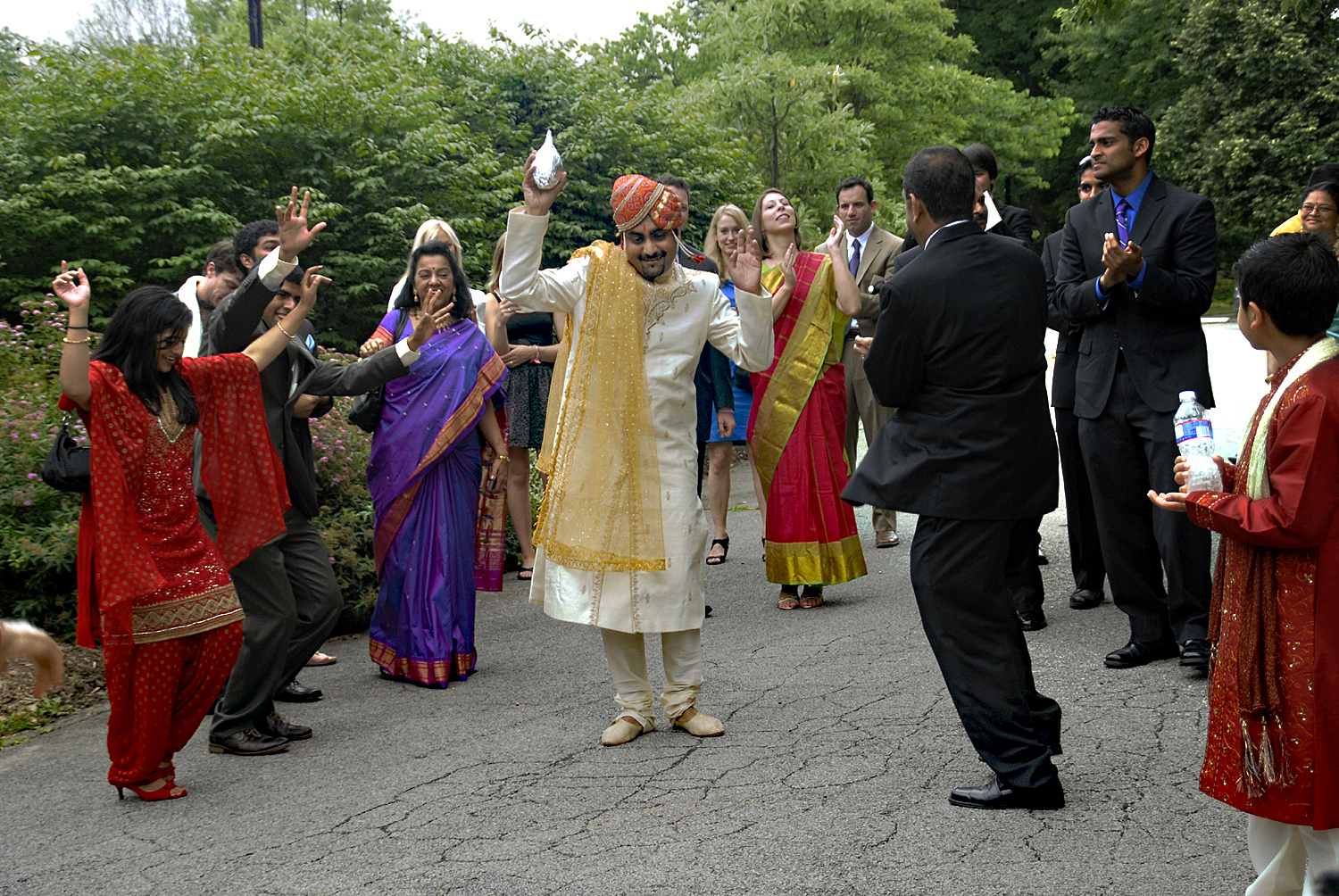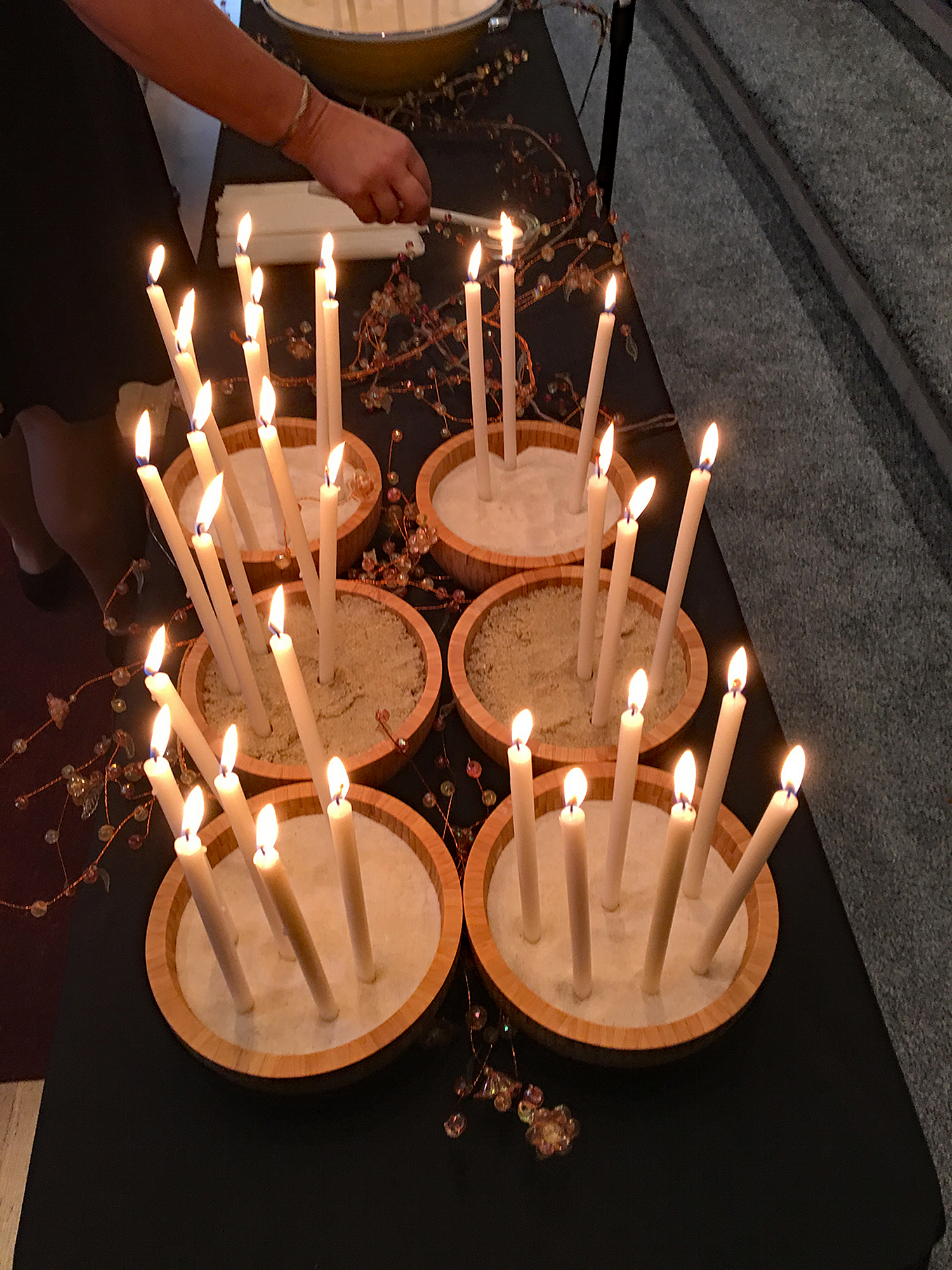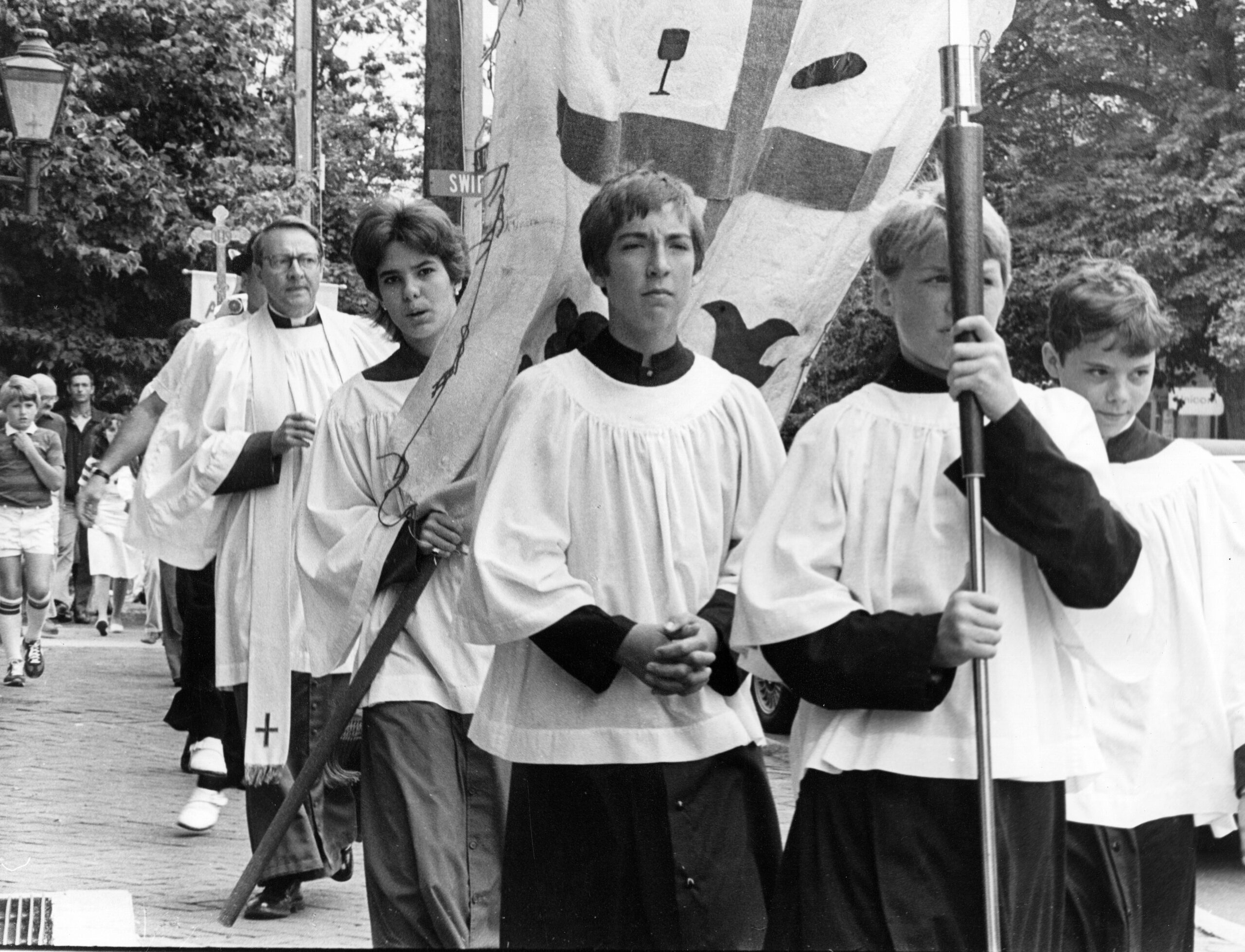Memories and Musings – On Candle Lighting and Processions

Alexandria, VA – The candle-lighting ceremony at Mount Vernon Unitarian Church (MVUC), where I have been a member since 1987, got me musing about processions. At a point in the service, congregants are invited to rise and form lines to light candles and place them in bowls of sand at the front of the chapel. The procession, accompanied by music, is otherwise silent.
At our weekly service, I would guess 50-60 people join this reverent procession.
To me, there is something powerful about processions, the very act of intentionally moving from one place to another, and something powerful about this ceremony in particular. I wondered about the connection between “process” and “procession.” In my hard-cover American College Dictionary (copyright, 1958, Random House, Inc.) I found that they follow each other, separated only by “processing tax.” I think they are connected in meaning. I think that in the process of moving from one place to another, one often changes in a significant way.
I have witnessed a number of processions, some on joyous occasions, as in weddings and graduations, some solemn. I photographed a joyous wedding procession and a solemn procession of priest and acolytes from St. Mary’s Catholic Church (now St. Mary’s Basilica) as part of a Red Cross Waterfront Festival that included a Blessing of the Ships.
I photographed several Holy Communion processions in my photo-documentary study of worship in Alexandria. Although Holy Communion is not part of Unitarian-Universalist (UU) tradition, the candle-lighting ceremony at MVUC has much of the same sacred feel about it.

In Garrison Keillor’s “The News from Lake Wobegon,” the fictional town where “all the women are strong, all the men are good looking, and all the children are above average,” I heard him quip that the closest Unitarians came to communion is coffee-hour.
I wondered whether Keillor was Unitarian and found that he was quoted in The Atlantic (Garrison Keillor and the Unitarians – The Atlantic) saying, “I was raised a Unitarian, and still feel that it is the denomination that has the most similar beliefs to those I hold myself.”
How and when did the candle-lighting tradition at MVUC start? I had an idea but wasn’t sure. The current members I consulted didn’t know. I didn’t want to make the same mistake I made when I relied on Bing to research the history of holiday lights in Alexandria for a recent Zebra column, On Bright Ideas. Instead, I asked former ministers.
Rev. Kenn Hurto, MVUC minister from 1986 to 2000, confirmed my hazy memory.
“… while I served, we added bowls of sand into which people placed candles to signify a joy or sorrow, with no commentary…I borrowed the idea from the Arlington congregation, carried it over to my Florida congregation to much success. Today, were I leading a service, I would include it using small stones placed in the sand, or, as we do here in Vero Beach, in a bowl of water.
“Yes, it is a form of communion. The act of coming forward is so the congregants can attend to each other. I’m amazed here that 40 to 60 people each week come forward for the stone ceremony. My minister also will ask people to show hands if they’d rather not come up; he then adds stones on their behalf.
“The key to success is no one speaks…. Silence is golden!”
Reverend Dr. Kate Walker explained further that originally Joys and Sorrows (sometimes referred to as Concerns) were spoken by members as part of worship services. Silent lighting was introduced in a number of UU congregations that had gotten too big to have them spoken. She noted that the practice is adapted from mainline Christianity via the Catholic tradition.
When researching why prayer candles are used in the Catholic Church, I read, “Catholics light candles to pray for their deceased loved ones, the sick, the health and welfare of family and friends, and the needs of our worldwide family.”

MVUC’s current minister, Rev. Ian White Maher (called to serve in May 2023), agreed with Rev. Hurto’s explanation and added, “The key to it is the contemplative vibe it creates. But I have never seen anything like this at any other church. What happens at MVUC is truly unique, and I love it.”
And bringing me back to the notion of the importance of being part of a procession, MVUC member Katherine Tobin offered this thought,
“…The very process of standing and walking with others, letting people fold into the line as one progresses, is holy and wholesome. I feel community as I pray and gratefulness that others, some of whom I know and others who I hope to get to know. This is deeply moving to me….”
There is indeed something powerful about processions.
Mosaic artist/photographer Nina Tisara is the founder of Living Legends of Alexandria.



